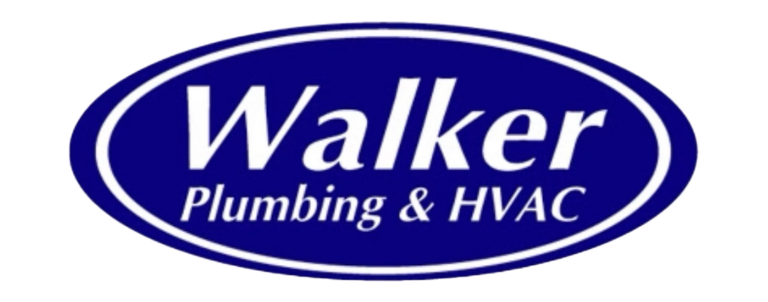IS YOUR HVAC SYSTEM SHOWING ITS AGE?
In what decade was your home built? Depending on when your home was built, it may have varying problems that can interfere with the efficiency of your heating, ventilation, and air conditioning system.

David Byrnes, founder of Green ID in Phoenix, gave us a mini-history of Arizona home building that might suggest why your HVAC system is not performing the way you want it to. If you’re interested in diagnosing the issues in your home, you can start with a whole house energy audit pinpointing the problems and coming up with solutions. These audits have been shown to produce a 35 percent reduction in your energy bills.
The following construction history might give you an idea of the issues present in your home:
Homes Built 1960-1970
A home’s old ductwork for an evap cooler might still be hooked up in a house, and older ductwork may now be rusting out. Homeowners with an AC can save more money by capping off that evap cooler and sealing off the ducts than they can save by using an evap cooler in summer instead of an AC. There could also be very little insulation in a home as well as an older wiring system that is dangerous to use with modern appliances.
Homes Built 1970-1980
In the 1970s, homes were built without good attic ventilation and with “grey” ductwork, that could become brittle and crack open. A full duct replacement with a better airflow design may be needed for homes built in this era. At the time, some homeowners still kept trying to piggyback an evap cooler into an air conditioning system – a practice that might prevent an AC from running efficiently.
Homes Built 1980-1990
Undersized ductwork and under-vented attics were common despite the fact that more efficient flex ducts became common in building new homes.
Homes Built 1990-2000
Ductwork was still under-sized. Lots of bad practices led to leaks and inefficient performance of the HVAC system. There were too many splits — situations when air traveling through a duct was split off into a wye duct (Y-shaped duct) to send heated or cooled air in different directions. Fiberglass batt insulation was widely used in attics, but could be inefficient because it was incorrectly cut to fit spaces between rafters.
Homes Built 2000-2010
Fiberglass batt insulation was still widely used. Ductwork was often undersized and there were still too many wye splits leading to many “hot” rooms that do not receive enough cool air in summer.
Homes Built 2010-2019
Homes are sometimes under-insulated although many new systems are being used, including blowing in cellulose or fiberglass fill. There are still too many wye splits. Some homes are being built with foam insulation covering the ceiling of attics.















